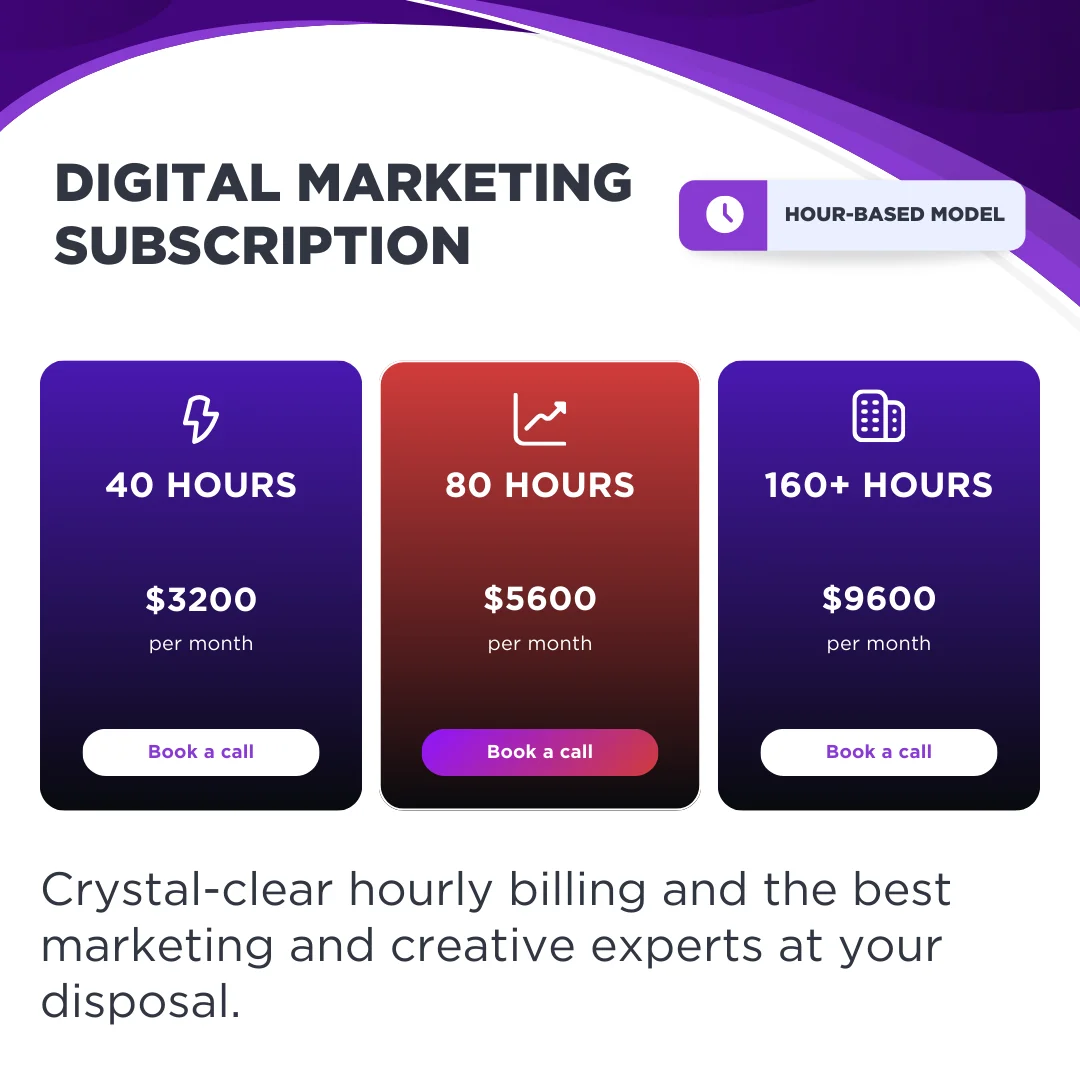Influencer marketing can significantly improve your brand’s visibility and sales, but without the right measurement tools, you won’t know what’s working. If you’re just starting to build brand awareness through influencer marketing, check out our guide on how influencers help brands grow.
In this post, we’ll explore the key metrics to track and the tools you can use to measure the success of your influencer marketing campaigns.
Key Metrics to Measure Influencer Marketing Success
1. Reach and Impressions
Reach measures the total number of people who have seen your influencer’s content, while impressions refer to the number of times that content was viewed. These metrics provide insight into how many potential customers were exposed to your brand through the campaign.
2. Engagement Rate
Engagement rate is one of the most important metrics in influencer marketing. It measures how actively the audience is interacting with the content through likes, comments, shares, and other forms of engagement. A high engagement rate indicates that the influencer’s followers are genuinely interested in your brand.
Influencer Marketing Metrics Breakdown
3. Click-Through Rate (CTR)
CTR measures how many users clicked on a link or call-to-action shared by the influencer. This is particularly useful for tracking the direct impact of influencer marketing campaigns on driving traffic to your website or landing pages. A high CTR indicates that the influencer’s content is compelling enough to encourage users to take action.
4. Conversions and Sales
Conversions are one of the most crucial metrics for determining the success of your influencer marketing campaign. This could mean a variety of actions depending on your campaign goals, such as:
- Product purchases
- Newsletter sign-ups
- Lead generation forms filled out
Track these conversions using tools like Google Analytics, affiliate links, or custom discount codes. This helps you directly measure the revenue or leads generated from an influencer campaign.
Conversion Growth During an Influencer Marketing Campaign
5. Return on Investment (ROI)
ROI is a comprehensive metric that compares the revenue or value gained from the campaign to the amount spent on the influencer partnership. To calculate ROI:
ROI = (Revenue from Campaign – Campaign Costs) / Campaign Costs
Measuring ROI helps you evaluate whether the influencer campaign was worth the investment and provides insights into how you can optimize future campaigns.
Influencer Marketing Campaign Metrics
35%
Engagement Rate
150
Conversions
50%
Traffic from Social
Tools to Track and Measure Influencer Marketing Campaigns
There are several tools available to help you track the performance of influencer marketing campaigns and measure their effectiveness:
1. Google Analytics
Google Analytics is an essential tool for tracking website traffic, conversions, and user behavior. By setting up UTM parameters on the links shared by influencers, you can track the specific impact of their promotions on your website’s traffic and conversions.
2. Affiliate Marketing Platforms
If you’re running an affiliate marketing program with influencers, platforms like Refersion or ShareASale can help you track sales, commissions, and ROI in real-time.
3. Social Media Insights
Platforms like Instagram, Facebook, and YouTube provide built-in analytics tools that allow you to track reach, impressions, engagement, and audience demographics. These insights help you evaluate how well the influencer’s content is performing and whether their audience is engaging with your brand.
4. Influencer Marketing Platforms
Engagement Rates Across Influencer Platforms
TikTok
YouTube
Understanding Engagement Rates Across Influencer Platforms
Engagement rates measure the level of interaction (likes, comments, shares) an influencer’s content receives on different platforms, and they vary significantly across social media:
- Instagram: Known for high engagement rates (1-5%), driven by its visual content and features like stories and reels. It’s best for lifestyle, fashion, beauty, and fitness content.
- Facebook: Lower engagement (0.5-1%) due to limited organic reach, but strong in community-driven content for older demographics.
- Twitter: Engagement rates average between 0.2-1%, excelling in real-time conversations around trending topics and events.
- TikTok: Often has the highest engagement (5-10%+), fueled by viral short-form videos and challenges that resonate with younger audiences.
- YouTube: Engagement typically ranges from 2-4%, ideal for long-form content like tutorials, reviews, and educational videos.

Optimizing Future Influencer Marketing Campaigns
After analyzing the performance of your influencer marketing campaign, you can optimize future efforts to maximize success. Here’s how to use the insights you’ve gained:
1. Refine Influencer Selection
Based on the performance of different influencers, refine your criteria for future collaborations. Focus on influencers who delivered the highest engagement, CTR, or conversions, rather than just those with large follower counts.
2. Test Different Content Formats
Evaluate which content formats (e.g., videos, stories, posts, tutorials) performed best in driving engagement and conversions. Collaborate with influencers to create more of what resonates with their audience.
3. Optimize CTAs
Experiment with different calls-to-action (CTAs) to see which ones drive the most conversions. For example, “Shop Now,” “Learn More,” or “Get 10% Off” may perform differently depending on your audience and product.
4. Build Long-Term Relationships
If an influencer consistently delivers strong results, consider building a long-term partnership. Long-term collaborations often result in more authentic promotions and greater trust between the influencer and their audience, leading to better campaign results over time.
Real-World Example of Influencer Marketing Success
4.5%
Engagement Rate
7.8%
Engagement Rate
150%
Increase in Brand Mentions
3x
ROI
200
New Leads Generated
50%
Increase in Sales
Conclusion: Measuring Success for Influencer Marketing Campaigns
Measuring the success of your influencer marketing campaign is crucial for determining its effectiveness and optimizing your future strategies. By tracking metrics such as reach, engagement, conversions, and ROI, you can gain a clear understanding of how influencers are driving value for your brand.
Using the right tools and platforms, you can continually monitor your campaigns and make data-driven decisions that boost results. Remember, influencer marketing is not a one-size-fits-all strategy, so regular analysis and optimization are key to maximizing its impact.
Want to learn more about building successful influencer campaigns? Check out our post on How Influencer Marketing Can Help Build Brand Awareness and The Power of Influencer Marketing for Driving Conversions for more insights.
Track and Optimize Your Influencer Marketing Success
With Oriential, you can measure and optimize every aspect of your influencer campaigns. Let’s drive measurable results together.




